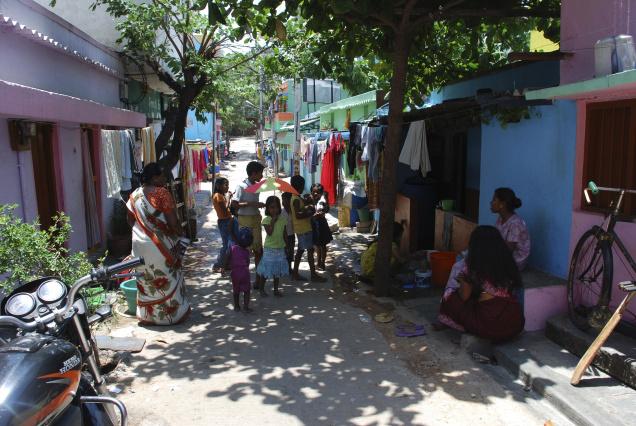
Of 46 tree species and 95 plant species documented, most were used to meet medicinal and nutrition needs
Urban ecology almost always overlooks an integral part of a city’s landscape – its slums. But these neglected, congested and disenfranchised pockets of urban habitation harbour a surprising diversity of flora, finds a new study from Bangalore.
In discarded paint cans, plastic bags, buckets and old kitchen utensils, slum residents raise medicinal herbs, vegetables, ornamental and aromatic plants, overcoming constraints of their circumscribed space by using rooftops and windowsills as perches for their plants, researchers found in an assessment of 44 Bangalore slums. The paper was published in the latest issue of journal Sustainability, and authored by researchers at the Technical University of Berlin and Ashoka Trust for Research in Ecology and the Environment.
Of the 46 species of trees and 95 species of shrubs, herbs and creepers documented, the most commonly found were used to meet medicinal and nutrition needs: Moringa oleifera or drumstick trees (their leave and fruits are rich in protein, vitamins and minerals) coconut, neem (both with multiple uses and high economic value), holy basil, Aloe vera (known for medicinal properties) and ornamental money plants, rose and jasmine.
“Slums may not have the kind of biodiversity that other residential pockets in Bangalore do, but they certainly have a larger concentration of indigenous plants,” says lead author Divya Gopal, a researcher at Technical University of Berlin.
Considering the ecosystem services, green spaces are known to provide to health and well being in urban areas in general, and to socioeconomic conditions in slums in particular. Policy makers, government agencies and NGOs should include “a green agenda” for slums the researchers have said.


